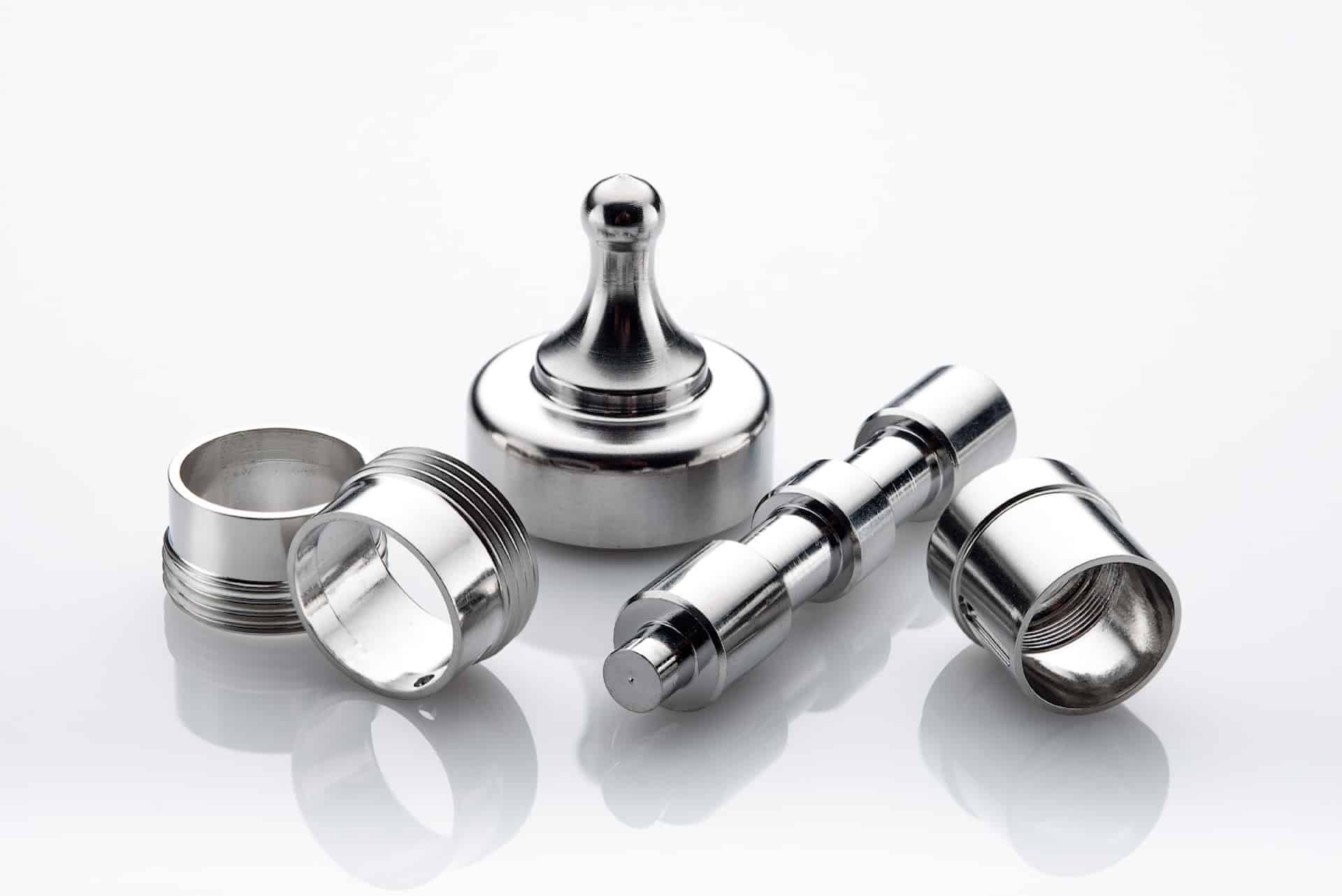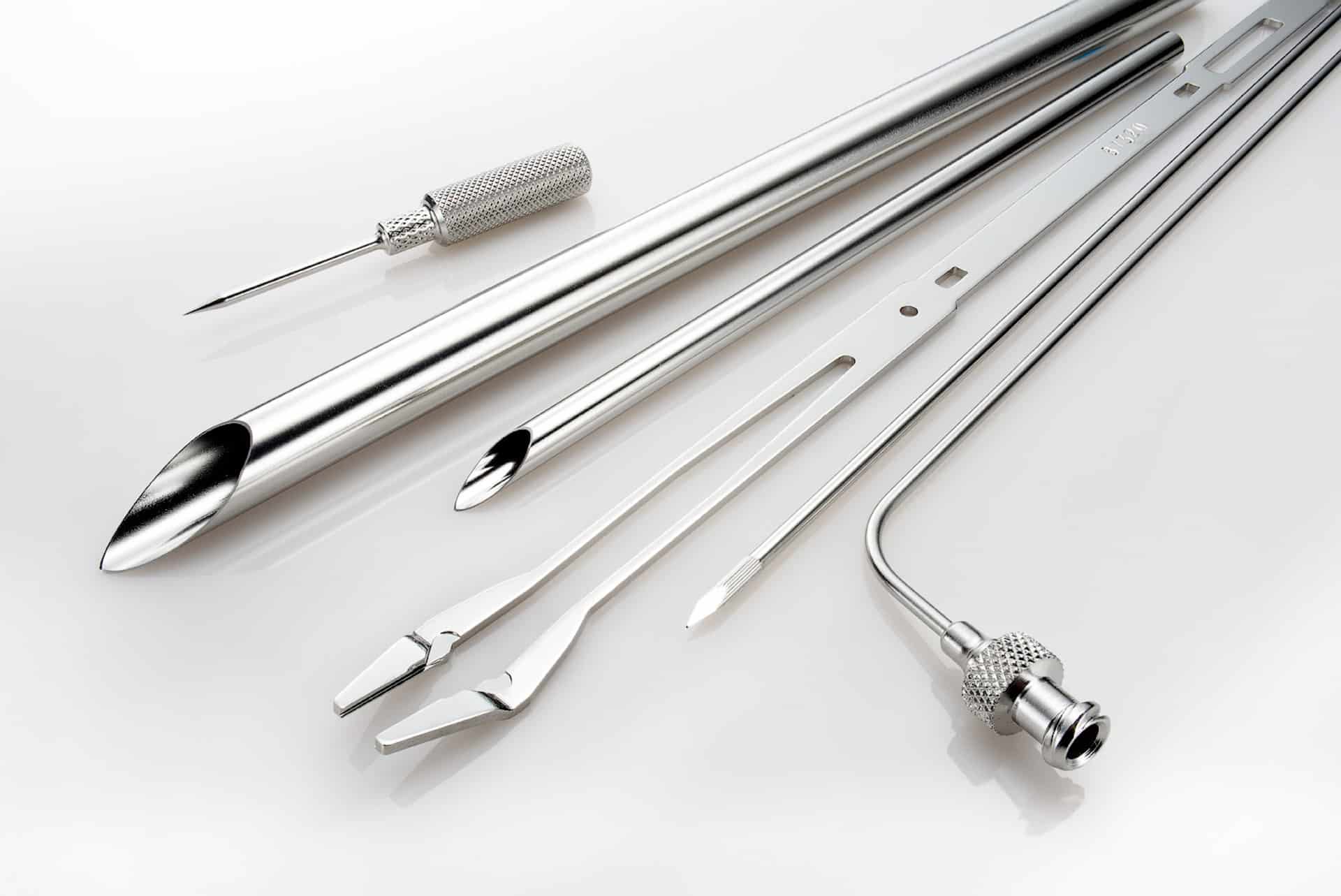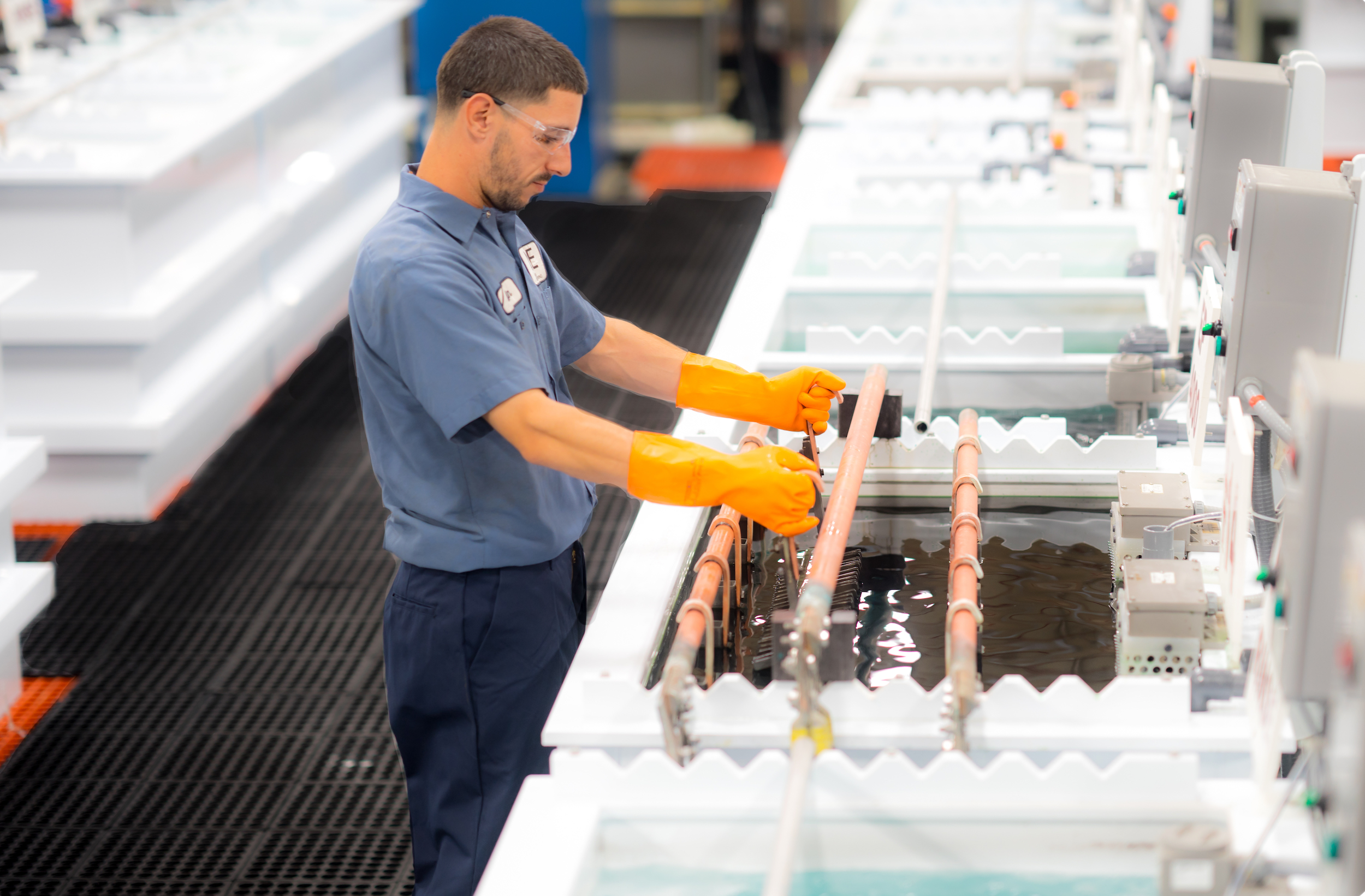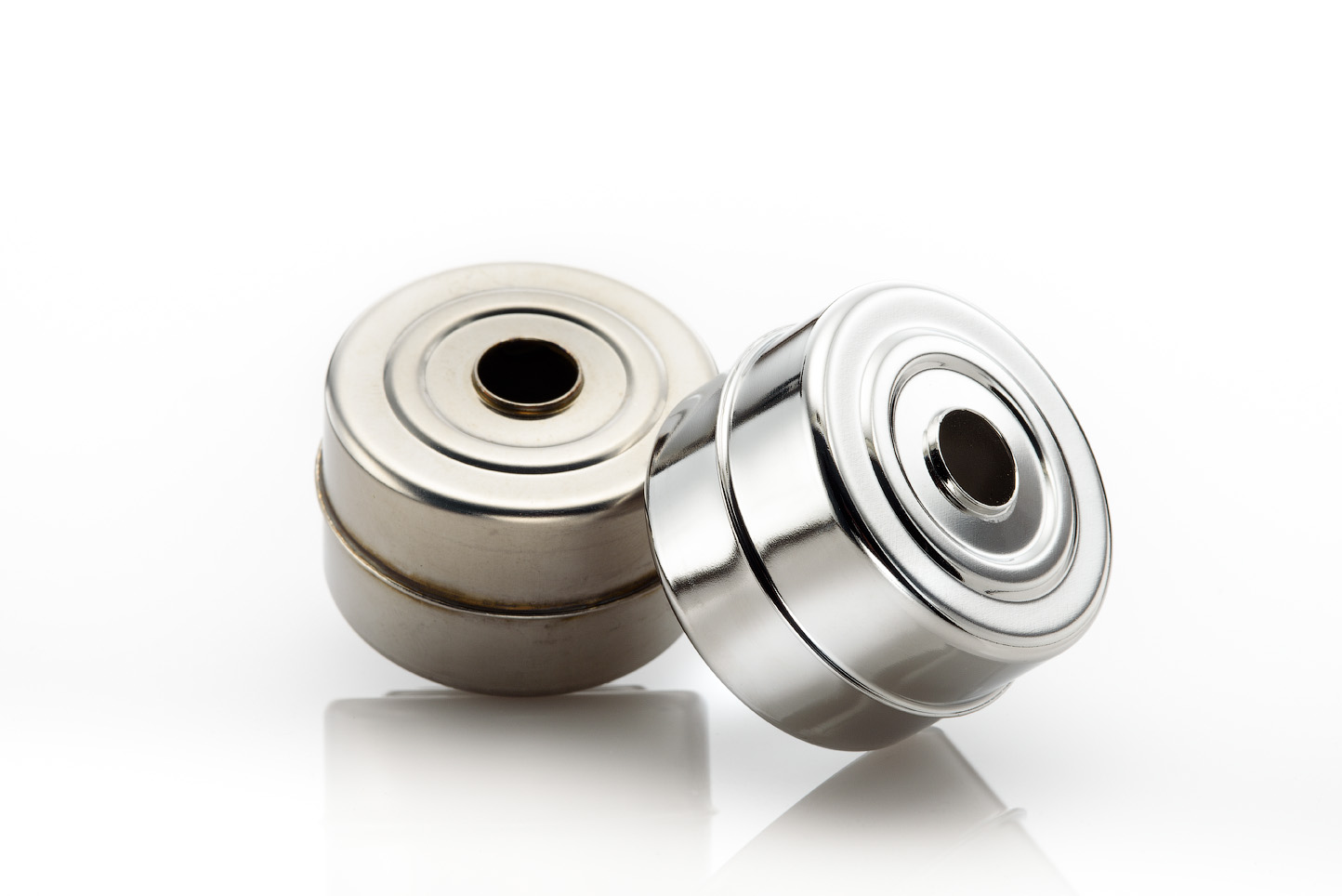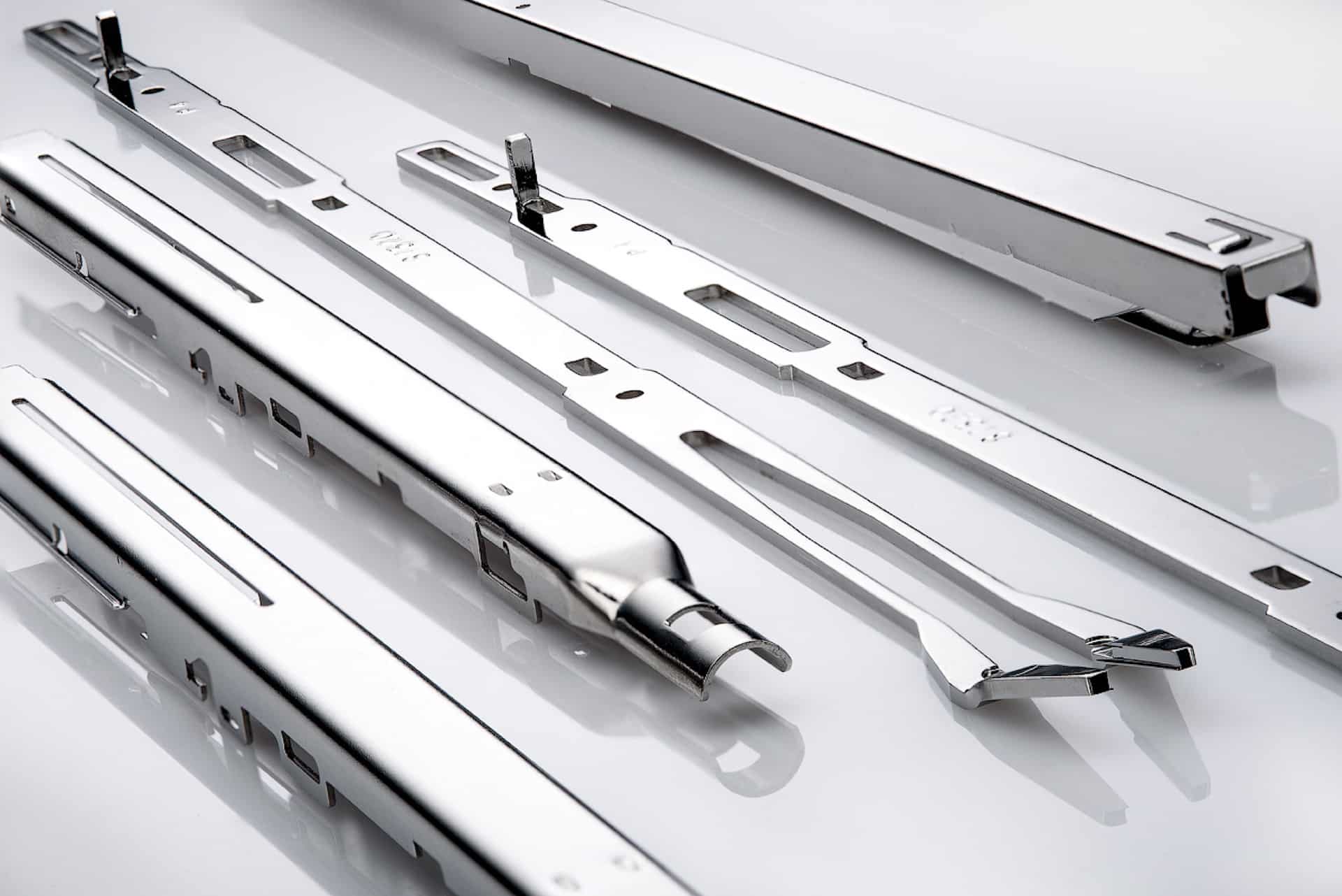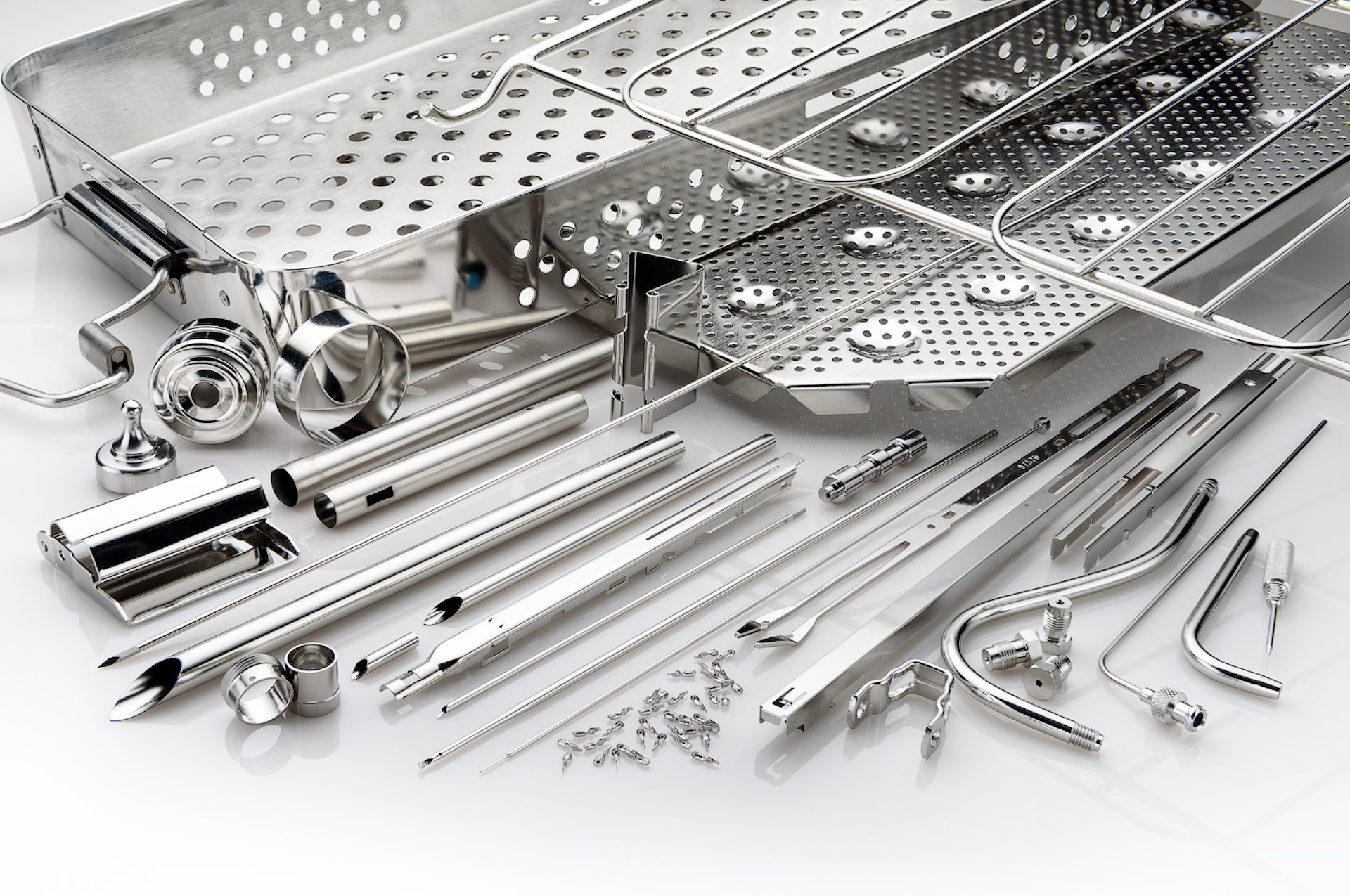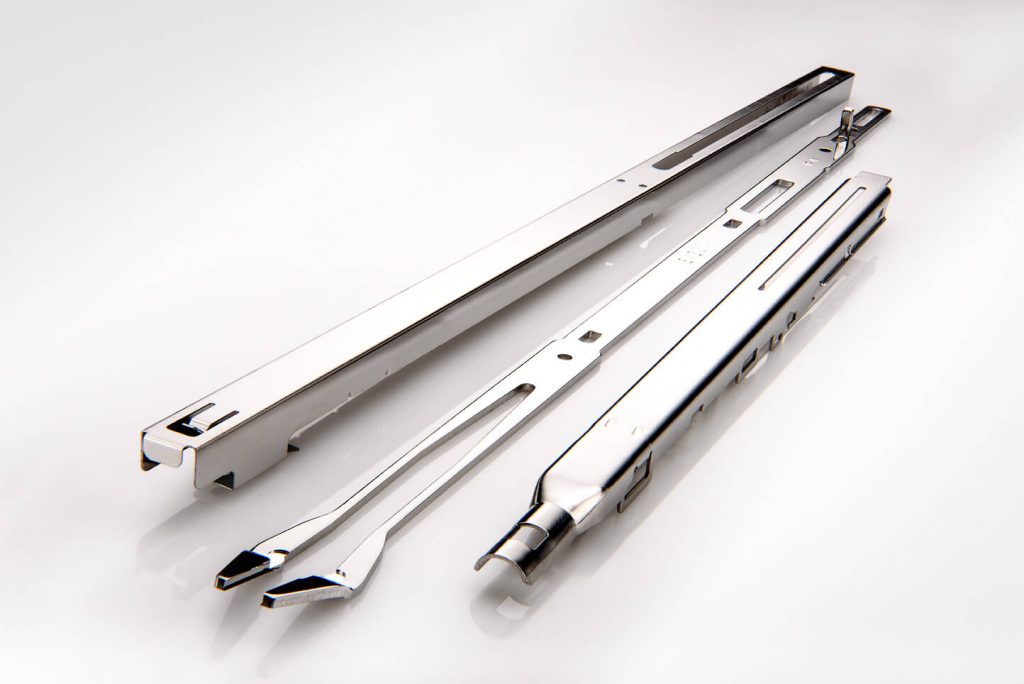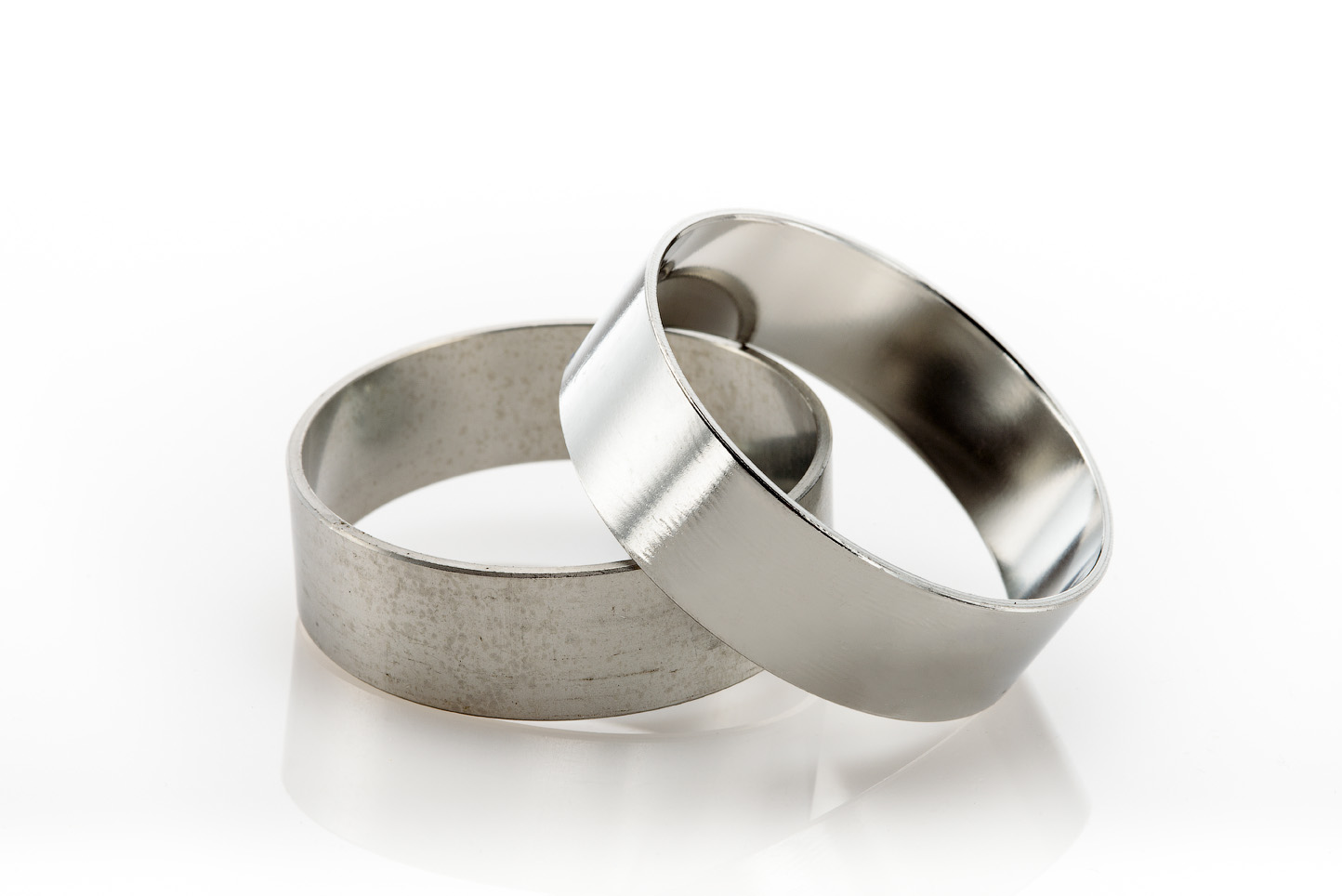1. Cleaning and Descaling: Foundation Steps for Stainless Steel Prep
ASTM A380 establishes methods to remove contaminants from stainless steel surfaces, which is essential to ensure performance in demanding environments. The cleaning process targets oils, grease, and residues from manufacturing. Descaling, meanwhile, removes oxides and heat-tinted layers that form during welding or high-heat treatments. Methods for descaling include chemical and mechanical techniques, each carefully selected based on the material’s thickness and intended application. Effective descaling creates a uniform surface that allows for consistent passivation—a vital step to enhance the natural corrosion resistance of stainless steel.
2. Passivation Procedures: Building a Protective Oxide Layer
After cleaning and descaling, passivation creates a thin, protective chromium oxide layer on the surface, increasing resistance to corrosion and contamination. ASTM A380 details different passivation techniques, including the use of nitric or citric acid solutions, to develop this oxide film. The choice of solution depends on factors like the specific alloy, application, and environmental conditions the steel will encounter. For instance, nitric acid passivation is frequently chosen for high corrosion resistance, while citric acid is a more environmentally friendly option that achieves similar results for less demanding environments.
3. Inspection and Testing for Compliance
ASTM A380 includes testing methods to confirm that cleaning and passivation have been successful. Key tests include:
- Water-Break Test: Checks for the presence of residual oils or contaminants by observing water’s behavior on the surface; if water beads up, contaminants may still be present.
- Copper Sulfate Test: Used to detect free iron on the surface. Stainless steel that passes this test will not react with the solution, ensuring that the material is free from contaminants that could corrode.
- High Humidity and Salt Spray Tests: Applied in some cases to verify long-term corrosion resistance, particularly for components exposed to harsh or marine environments.
4. Applications Across Industries
ASTM A380 is widely used in industries such as medical, aerospace, food processing, and pharmaceuticals, where surface quality and hygiene are paramount. The standard’s emphasis on cleaning, descaling, and passivation is critical for components like surgical tools, food processing equipment, and aerospace parts that must withstand corrosive environments while meeting rigorous cleanliness standards.
5. Documentation and Quality Control
Another essential part of ASTM A380 is the requirement for meticulous documentation, especially in sectors with high regulatory demands like aerospace and pharmaceuticals. This documentation includes details on each cleaning, descaling, and passivation step, testing records, and final inspection reports. It ensures that manufacturers can trace each batch of stainless steel parts, simplifying audits and quality control for clients.
By following ASTM A380’s standards, manufacturers can deliver stainless steel products that not only meet but often exceed quality expectations, ensuring the longevity, safety, and reliability of components in critical applications.
